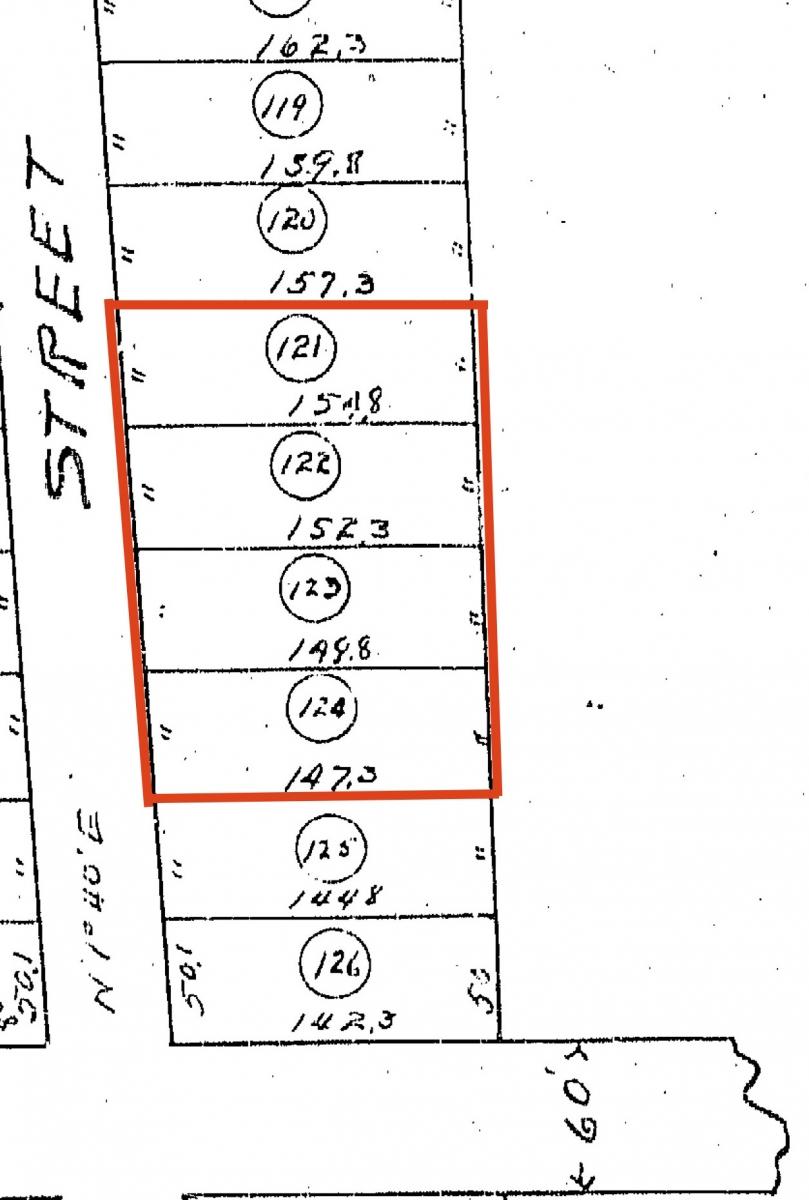(Courtesy of Lappegard Photography, March 2019)
Featured in the 2019 Preservation Durham Home Tour (text in italics below from the tour booklet):
During the years of the Great Depression, new home construction stopped. The only thing happening to capture national attention and shape popular architectural taste was the work at Colonial Williamsburg. Articles about the restoration of Williamsburg and Colonial Revival homes filled influential magazines like the Ladies Home Journal and House Beautiful. Proportions conceived by ancient Greeks, and forms and details of early Federal and Georgian structures were taught to architectural students across the nation, among them 1934 North Carolina State College graduate Archie Royal Davis. After a few years of apprentice work with other architects, Davis started his own firm in Durham in 1939. He proved to be a master of the Williamsburg Colonial Revival style and developed strong relationships with well-to-do patrons in Durham and Chapel Hill. He designed a number of Williamsburg style houses for members of the wealthy Hill family, including the Frances Hill Fox house on today’s tour.
In January of 1948, Davis drew up the plans for a new Williamsburg home for Durham builder and insurance salesman Jefferson Davis Gibson, Jr., and his wife Drusilla. The Gibsons owned a large parcel at the northern edge of Trinity Park. Davis’s design took full advantage of the lot’s width.
The Gibsons' possession of four consecutive plots on the east side of Gregson made Davis' design possible. These lots are from the same subdivision map as the other houses on this tour at 1412 and 1418 Dollar Avenue (County Register of Deeds).
The house is composed of five units arranged with perfect symmetry. This organization of a house connected to matching dependencies was developed by Renaissance architect Andrea Palladio and is seen in the villas he designed in country side around Venice. Palladio’s designs impressed eighteenth century English architects and their patrons who copied them in their Georgian country houses. Palladio’s influence was imported to America with Georgian architecture and translated into Colonial Revival homes in the twentieth century.
The main body of the Gibson house is connected to matching dependencies by one story “hyphens.” The one-and-a-half story, side-gabled central mass of the house is organized in five bays and clad in brick. The bricks are laid in a Flemish bond pattern with mortar joints raked in a decorative pattern. The dependencies are covered with wood clapboards with a beaded edge. Each dependency has a massive brick chimney in its front-facing gable end. The heavy, paneled front door in the center of the house is original and it retains its colonial brass hardware. Note the small brass knob and box lock. The door is set in a recess and surrounded by sidelights and transom. The windows in the main block have wide muntins and are organized in a six-over-twelve pattern. Elsewhere, the windows are organized in a six-over-six pattern. Nearly all of the windows in the house are original. The cornice of the building is decorated with dentil molding. The attic is lit by five matching gabled dormers.
Front Elevation drawing, January 1948. Archie Royal Davis Papers, NCSU Libraries, Special Collections Research Center.
Davis’s special skill was his ability to work historical details into comfortable modern living spaces all in a Colonial Revival package. In the Gibson house, the front door opens into a spacious hall the central feature of which is an elegant curved stair. The hall passes beneath the stair through the house to a door opening to the large back yard. To the left of the hall are a formal dining room and beautifully paneled library. To the right are a gracious, full-depth living room with fireplace and original Georgian style surround. Note the rich casework and brass hardware.
The left dependency of the house and its hyphen encompass a small butler’s pantry and “maid’s toilet”, the renovated kitchen (now expanded into a former sun porch), laundry, and two-car garage accessed from the home’s rear. A back stair serves the maid’s quarters above the garage. The right or south dependency and hyphen contain the sleeping quarters - three large bedrooms and two full baths. There are two more bedrooms upstairs.
J.D. Gibson hardly had time to enjoy is lovely new home. He died in 1950. Drusilla Gibson lived on in the home until 1977, when she sold it to Donald and Kirmeth Wright. Mr. Wright owned the home until 2009, selling it shortly before his death to Mark Sprouse.
Under Sprouse’s stewardship, the Gibson home underwent a multi-year restoration. In 2013, Mr. Sprouse sold the house to the current owners. The house remains almost entirely intact, retaining its original wood double-hung windows, quarter sawn oak floors, ornate interior trim and moldings, built-in casework, and hardware. Except for an enlarged and updated kitchen, the home remains true to Davis’s 1948 drawings.
Although Davis would go on to design many buildings of a more modern bent, among them round houses on South Duke Street, Durham’s courthouse annex, and the Jack Tar Motel, the Gibson house demonstrates his mastery of traditional architecture as well as the power of historic preservation to connect us with our unique American past.




Add new comment
Log in or register to post comments.